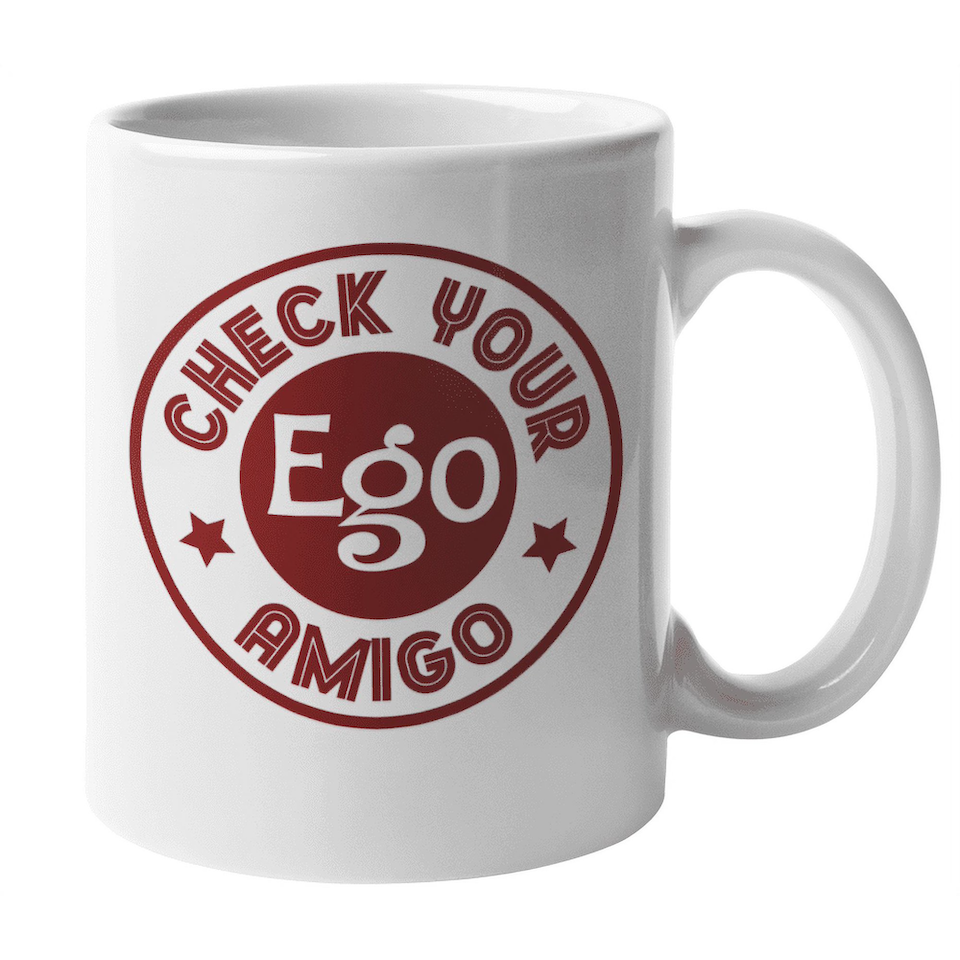One of the common questions I got routinely when American Express had a referral bonus for 10x on up to $25,000 in dining spend was: How risky is maxing out 10x multiple times? My answer was typically something like “I don’t have any special insight into American Express’s RAT and fraud teams, but my guess is the risk is relatively very low”. What gave me the confidence to say that? Two things:
- Unchecked bravado and unsubstantiated sense of self worth
- Knowing who was paying
Without trying to go into boring accounting stuff at big companies (or exciting accounting stuff if you’re the approximately 20% of churners who made a career in accounting): not all expenses are created equal. Roughly speaking, you can classify most expenses in two-ways:
- Variable costs (electricity bills, Membership Rewards payouts, STK Dining expenses)
- Fixed cost (lease, advertising campaign, salaries, etc)
American Express’s RAT and fraud teams are trying to combat variable cost spikes caused by card-member usage patterns, and causing those spikes is usually what gets you in trouble. On the other hand, promotions like 10x on dining for up to $25,000 in spend is a marketing promotion with a (presumably) fixed / maximum budget attached to the marketing department. RAT and fraud teams, for better or worse, just aren’t looking at what happens to marketing’s fixed cost budget. Ergo, low risk.
We’re always playing a game with imperfect knowledge about the other side’s motivations and desires, but thinking about who’s paying for a particular play is a good proxy for risk in a game filled with imperfect knowledge.

The official MEAB coffee mug.